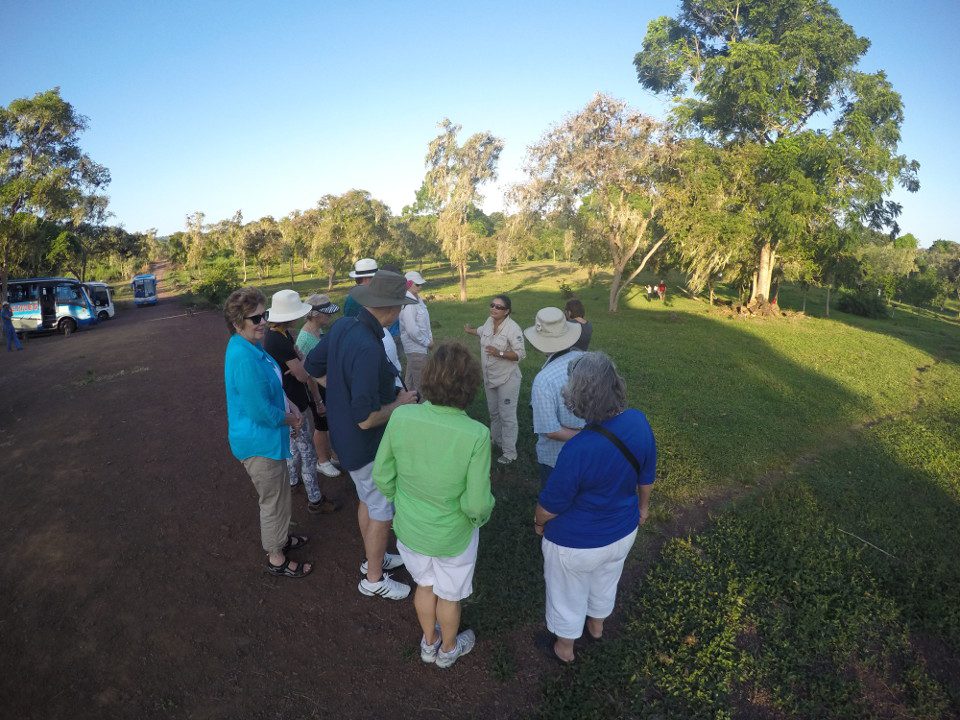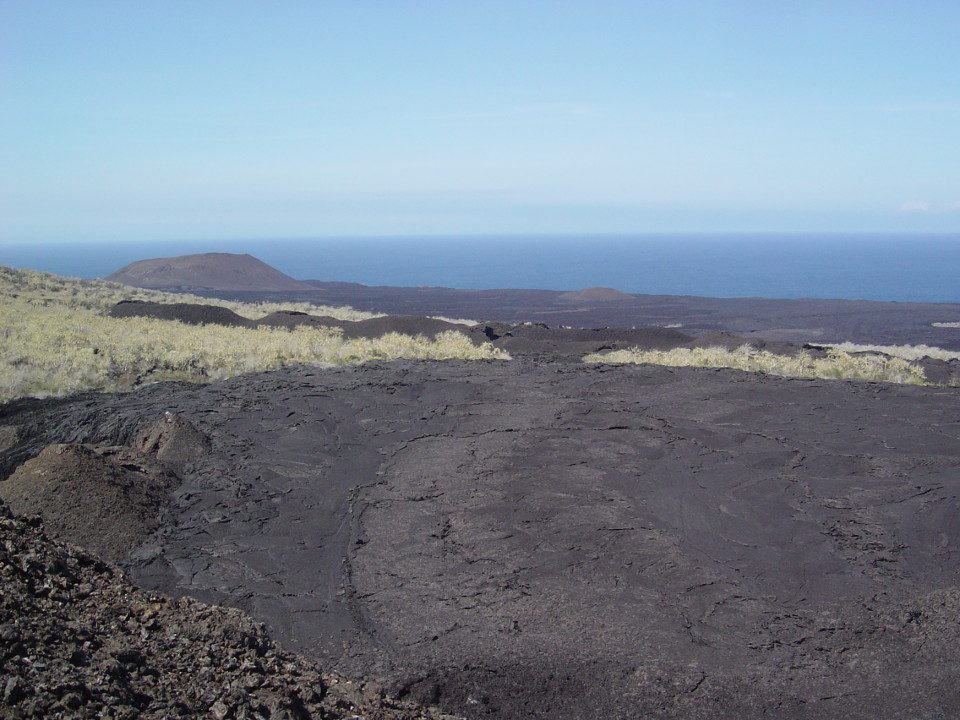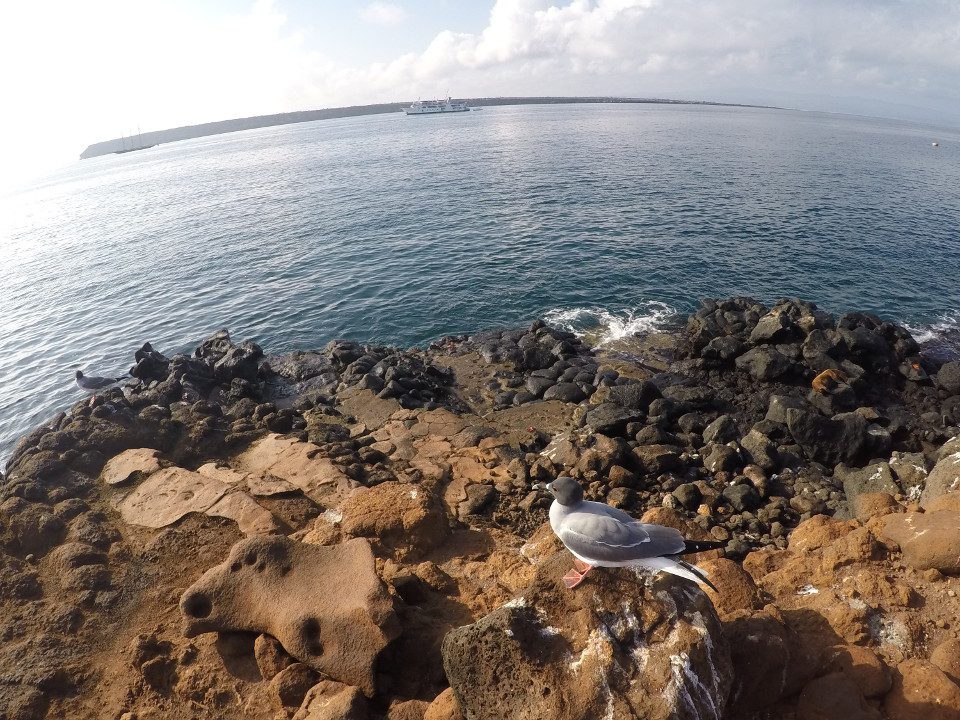TALK TO A DESTINATION EXPERT

Diego Zapata

Rosa Mena

Sandy Lara

Diego Zapata

Rosa Mena

Sandy Lara
The archipelago of the Galapagos is a large area. However, only 3% of its 133,000 km2—spread across 20 islands and islets—are inhabited, and 3% are accessible to tourists. But do not worry! This does not lessen the value of visiting the Galapagos islands! Indeed, thoughtful, carefully selected itineraries are the foundation of some of the most fantastic Galapagos excursions. They often let visitors experience what it’s like to be the first people to set foot on the islands and include some of the archipelago’s most popular tourist destinations and iconic big15 species.

Considering that only 3% of the archipelago is accessible by land, it may seem improbable that you will see other yachts and cruise ships. However, exclusivity is precisely what a well-planned schedule can provide. Now and then, we get inquiries from visitors wondering why we don’t go to certain Galapagos islands. Not only would it eliminate any unwelcome interactions with other businesses, but because several islands and possible tourist destinations are so close to the locations we are already visiting, why not stop there as well? The response is straightforward: we avoid going to specific areas to preserve the fragile Galapagos habitat.
Explore one of the most pristine destinations in the world! Prepare your vacations to the Galapagos Islands!
Get ready for your Galapagos tour!
WHAT ARE THE DIVIDENDS OF THE GALAPAGOS?
Zoning the Galapagos was one of the first responsibilities assigned to the Galapagos national park (GNP). Certain places that had already seen human habitation were considered during the zoning process. Given that the Galapagos islands are a national park, it is unexpected that portions of them are inhabited. For this reason, the GNP separated the area into three zones: urban, agricultural, and fishing. Anything that did not fit within one of these categories was immediately declared a national park. Even though only 3% of the Galapagos islands are inhabited, stringent laws have been progressively implemented to preserve the islands’ ecology and fauna. Naturally, this goal is to establish a peaceful coexistence between people and the islands. In line with more technical criteria, the GNP’s most recent zoning efforts split the archipelago into four categories: the Transition Zone (marked by human impact), the Sustainable Use Zone (slightly altered but maintaining ecological integrity), the Conservation Zone (important biodiversity areas), and the Intangible Zone (pristine and free of human impact). They all adhere to the same standards, though. Zones are determined by how much the area has been impacted by human activity or if it hasn’t been impacted.
TALK TO A DESTINATION EXPERT

Diego Zapata

Rosa Mena

Sandy Lara

Diego Zapata

Rosa Mena

Sandy Lara
A SECURED NATURE EXPLOITABLE
Primitive Scientific-Use Zone (97%) and Tourist-Use Zone (3%), together making up 97% of the Galapagos land, are the two groupings that comprise the Galapagos National Park area. It may seem like you need to catch up on something, but that three percent includes the most famous tourist destinations and locations where only particular species are present. Due to its extreme protection, only a tiny section of the Galapagos is accessible to the general public, helping to maintain its pristine state. Only 175,000 passengers can sail on cruises via the Galapagos Islands annually, the same amount of people as can fit inside one football stadium during a game. This indicates that the islands remain a somewhat exclusive travel destination. To ensure that it doesn’t obstruct the natural processes, this number must always be controlled.

REASONS FOR NOT VISITING CERTAIN GALAPAGOS ISLANDS
The fact that so few of the islands are accessible to tourists contributes to the preservation of the majority of the fauna’s naiveté toward humans. Although tourists frequently comment on how gentle the Galapagos wildlife is, this is more a result of habit than an actual characteristic of the species. They’ve just become used to having people around, and since they don’t threaten them, they carry on with their lives with no problems at all. On the other hand, animals will react as animals would if visitors approach a place where there has been no human interaction: they will run from their unfamiliar presence. Because of this, even if some islands or locations (like Marchena and Pinta island, which are relatively close to Genovesa) may appear as part of an itinerary already set, they won’t be visited. All to support the integrity of the locations. Only scientists can access these unspoiled regions, where life will continue to evolve in the Galapagos according to its patterns and rhythms.

Despite popular belief, the remaining 3 percent of the GNP is home to everything contributing to the archipelago’s exceptional value as a travel destination. Select carefully! Choose the schedule that most closely matches your preferences and areas of interest, add a genuine touch of luxury and service to that mix, and be ready for this once-in-a-lifetime opportunity to explore the Galapagos Islands on board the Yacht La Pinta!


